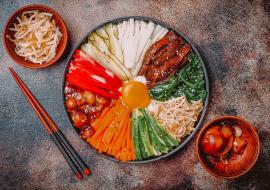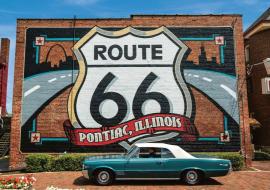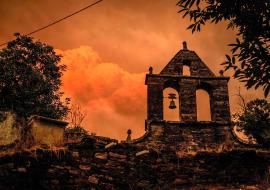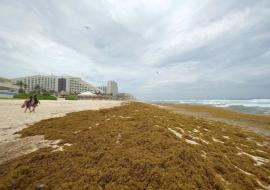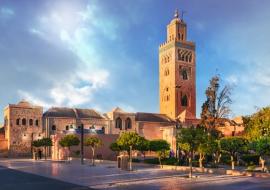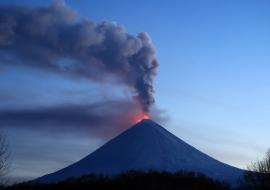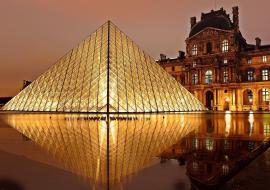The Oldest Paintings
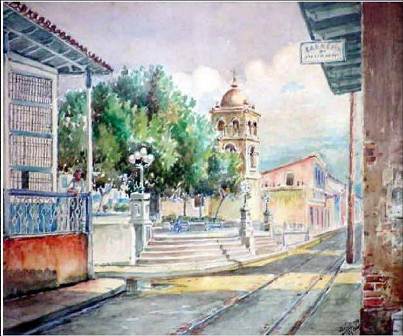
Centuries of history invite us to visit the only Museum of Religious Art in Cuba. We’re following the trace of the wonder reality in Santiago de Cuba and among the most valuable objects in the place we found composer Esteban Salas’ scores.
Click on Santiago de Cuba: A City of 500 Years
This institution also zealously stores the miraculous Santo Ecce Homo, the first painting on the island nation.
"This work wasn’t actually painted by a man of Santiago. Art History Professor Teresita Fleitas tells us that, this image of Christ that represents a biblical passage of John’s Gospel, unlike other illustrations, doesn’t include the characters mentioned on this passage. It’s all about Christ, half-naked, tired, so it’s a singular iconographic version."
According to historians, this image was painted on a cedar board by Francisco Antonio, who was a prestigious master of this art at the time. He lived in Cartagena de Indias and this painting was brought to Santiago de Cuba so as to decorate the high altar of our city in 1610. The fact that it was painted overseas shows that the city didn’t have that kind of artists.
Cuba had to wait 177 years, through 1787, so as to have the first Cuban painting. The painter was an artist from Santiago de Cuba. His iconographic representation of Tadeo Chirino is still shown at the Holy Trinity Church.
The Virgin of Lightwas painted in 1787 and it’s very interesting as it portraits that enlightened Virgin. The powerful image shows the Virgin Mary trying to stop a sea monster from taking a man’s soul. She carries baby Jesus on her other arm.
These images, Teresita Fleitas explains, are kind of similar to others spread in different countries of America or in Spain. It was a popular devotion and the artists dedicated to religious topics used to copy those illustrations and paint them in different Spanish colonies.
The case of our Virgin of Light shows the influence of the baroque Spanish school from the 17th century, specifically Murillo’s. It features a peculiar way to flatter viewers’ senses: the delicate and kind way the characters try to seduce; a cut-clear influence in Nicolas de la Escalera, another outstanding Cuban artwork.
Over the subsequent centuries, Santiago de Cuba’s art gallery was made up of other styles expressed on portraits, local, historical, religious and landscape pieces. So, watercolors and oil paintings combined the nuances given by Jose Joaquin Tejada, Buenaventura Martinez, Jose Uranio Carbo, Federico Martinez, Francisco Antonio Joaquin Cuadras and Baldomera Fuentes’ miniatures. The catalogue was later increased by the brushstrokes of Jose Bofill, Hernandez Giro, and other artists that were inspired by Santiago’s morphology.







